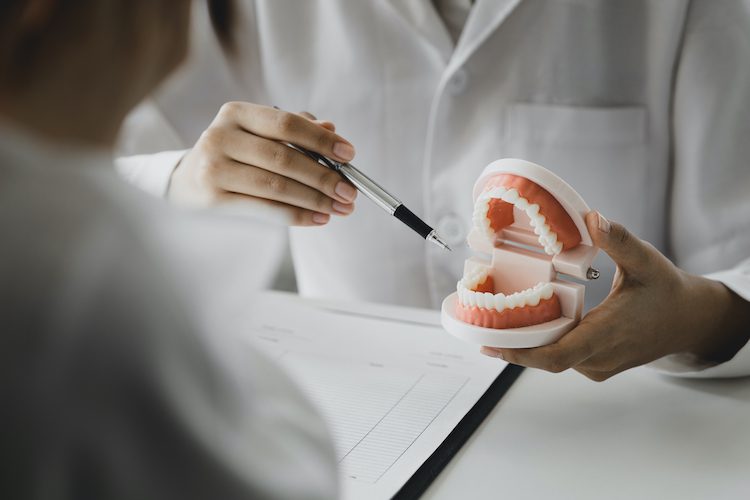Tooth extraction is never something anyone looks forward to, but sometimes it’s the best course of action for your long-term dental health. While modern dentistry focuses heavily on preserving natural teeth, there are cases when removing a tooth is necessary to prevent further complications. Recognizing the early signs that may indicate the need for an extraction can help you avoid more serious dental issues down the road.
Persistent and Severe Tooth Pain
One of the most obvious signs that a tooth may need to be extracted is ongoing, intense pain. Extraction could be necessary if pain doesn’t subside with over-the-counter pain relievers or dental treatments like fillings or root canals. Pain is your body’s way of signaling that something is wrong. If the discomfort continues to worsen, particularly when chewing or applying pressure, this may be a red flag that the tooth is too damaged to save.
Advanced Tooth Decay or Infection
Cavities are common and often treatable. However, when decay penetrates too deeply into the tooth and affects the pulp, it can lead to a serious infection. If the infection spreads and cannot be controlled with antibiotics or a root canal, extraction might be the only solution to stop the infection from affecting nearby teeth or entering the bloodstream. Signs of infection include swelling, fever, and an unpleasant taste in your mouth.
Gum Disease and Bone Loss
Advanced gum disease can weaken the tissues and bones that support your teeth. When these structures deteriorate significantly, teeth can become loose. In such cases, extraction may be necessary. It could prevent the spread of infection and to make room for restorative options like implants or dentures. If you notice receding gums, deep pockets between your teeth and gums, or loose teeth, it could be a warning sign.
Overcrowding and Orthodontic Treatment
Sometimes a healthy tooth needs to be removed to improve your overall oral alignment. This is particularly common in orthodontic treatment plans where there isn’t enough room in the mouth for all of the teeth to fit properly. Extracting one or more teeth could help straighten the remaining teeth. It may create a more functional and aesthetically pleasing bite.
Impacted Wisdom Teeth
Wisdom teeth often emerge during the late teens or early twenties, and they don’t always come in smoothly. Impacted wisdom teeth are those that fail to fully erupt through the gums due to lack of space or improper angle. This can lead to pain, swelling, and even infection. In such cases, extraction is usually recommended to prevent crowding and avoid complications such as cysts or damage to neighboring teeth.
Fractured or Broken Teeth
Teeth can break due to trauma, such as a fall or impact injury, or from biting down on something hard. If a fracture extends below the gumline or affects the root, restoring the tooth might not be feasible. In these situations, tooth extraction often becomes necessary to avoid ongoing pain and potential infection.
Signs from Your Dentist
While self-awareness is important, regular dental checkups remain essential. Your dentist can identify signs of trouble long before they become obvious to you. X-rays and clinical exams can reveal issues such as root damage, abscesses, or bone loss that aren’t visible to the naked eye. Trusting your dentist’s recommendation for extraction could save you from more complex procedures in the future.
Tooth Extraction in Charlotte, NC
At Dentistry of the Queen City, we always strive to preserve your natural teeth. However, there are times when a tooth extraction becomes necessary to prevent further damage. If you need an extraction to protect your oral health, we are here to help. Contact us today to schedule a consultation and learn more.

